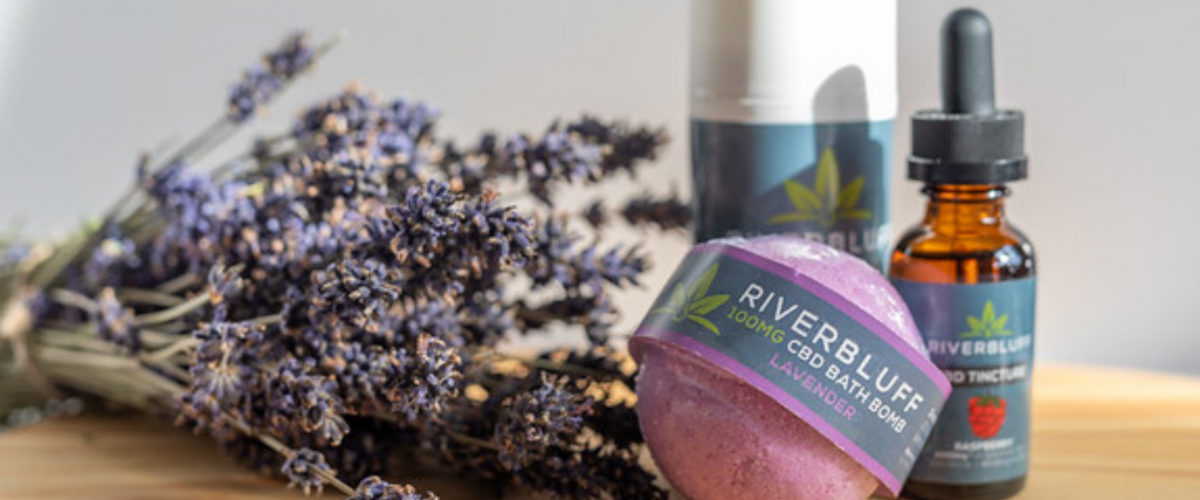- January 18, 2022
- Nirjan Bhattarai, PharmD Candidate, Student Pharmacist-Intern
- Healthy Living

Do you have questions about CBD? What is it? How can it benefit me? Where does it even come from? Hartig Drug addresses these questions and so much more! Learn about CBD, the difference between it and THC, and how it may benefit your health!
The Endocannabinoid System
Society seems so focused on technology and science that it is hard to believe that a new body system, called the endocannabinoid system (ECS), was discovered recently in 1992. This is the same system that interacts with cannabinoids (i.e., CBD, THC, hemp, marijuana). Dr. Raphael Mechoulam, the chemist who identified the system, has said, “I cannot list all of the physiological systems and conditions affected by cannabinoids because there are too many.” The endocannabinoid system consists of 2 different receptors: CB1 and CB2. CB1 receptors are primarily present in the brain and spinal cord, regulating appetite, memory processing, emotional processing and play a part in reducing pain.[1] While the CB2 receptors, found in immune cells, appear important for reducing inflammation.
CBD and THC
CBD (cannabidiol) is a chemical compound found in the marijuana plant. However, contrary to what you might think, it is not medical marijuana, and it does not provide clinical effects similar to a “high.” According to a report from the World Health Organization, “In humans, CBD exhibits no effects indicative of any abuse or dependence potential…[t]o date, there is no evidence of public health-related problems associated with the use of pure CBD.”[2]
The most significant difference between CBD and medical or recreational marijuana is the presence of THC (tetrahydrocannabinol). THC is the main psychoactive ingredient in medical marijuana, which often contains upwards of 20% THC by weight. On the other hand, Hemp-derived CBD products contain less than 0.3% THC by weight (often, THC content is fully undetectable)[3]. This means that individuals can take CBD products for many reasons without worrying about decreased mental and physical abilities.
Types of hemp extracts
Cannabidiol is sold in three forms: isolate, full-spectrum and broad-spectrum. The isolate extract contains a single type of cannabidiol (CBD) molecule and no THC. Full-spectrum contains several cannabinoids, including CBD and THC (0.3% or less). Full-spectrum extracts also contain Omega fatty acids found naturally in the hemp plant. Because of this, it can have anti-inflammatory and anti-hypertensive effects as well. The broad-spectrum extract contains more than one cannabinoid molecules (there are several chemical variations to CBD) but is THC-free.[4] Broad-spectrum extract is potentially more beneficial than isolate because multiple CBD molecules may affect certain ECS systems synergistically. The idea that the effectiveness of cannabis increases when many active compounds are used is called the entourage effect. The entourage effect suggests that a patient will have a better therapeutic response with a lower dose, which is also associated with lower side effects.
How can CBD be used?
There are many ways in which CBD can be taken. CBD is available through sublingual, oral, topical, and inhalable routes. Sublingual CBD products are the most popular because of their improved bioavailability over other ingestible dosage forms. Since CBD enters the bloodstream directly instead of passing through the digestive tract, more is available to be used by the body. Topical CBD delivery systems differ from other dosage forms because only a small portion of the active ingredient reaches the bloodstream. This makes them a poor choice for many indications of CBD but is believed to be incredibly powerful when it comes to pinpointed pain relief—it targets the exact location you apply[5]. Inhalable CBD products have the greatest bioavailability because of the absorption efficiency of the alveoli.[6]
Benefits of CBD
CBD is a hot topic in the health and wellness sector because there are several ongoing studies to pinpoint clinical effectiveness and many potential therapeutic applications. Potential benefits and ECS responses include:[7]
-
Strengthening the immune system
-
Reducing the formation of tumors
-
Reducing inflammation
-
Reducing vomiting
-
Reducing damage to the nervous system
-
Reducing anxiety
-
Reducing seizures
-
Reducing pain
You can explore many other uses of CBD products here.
Side effects of CBD
While it is generally well-tolerated, CBD can have some side effects and interactions, like any other medication. In general, common side effects of CBD are lightheadedness, mild bouts of diarrhea, and changes in appetite.[8] A complete list of side effects can be found here. Like other medications, CBD can also interact with other medications such as blood thinners, anti-depressants, and more.[9] If you currently take prescription medication, it is imperative you discuss it with your pharmacist or provider before using CBD. In sum, CBD is a relatively new therapeutic option that impacts a relatively recently discovered chemical system in our bodies. Many clinical studies completed and ongoing show clinical effectiveness in CBD for different ailments. This should be an area of clinical advancement and treatment for years to come.
Keep in mind that the information provided in this blog is only for informational purposes and should not be used as medical or pharmaceutical advice.


